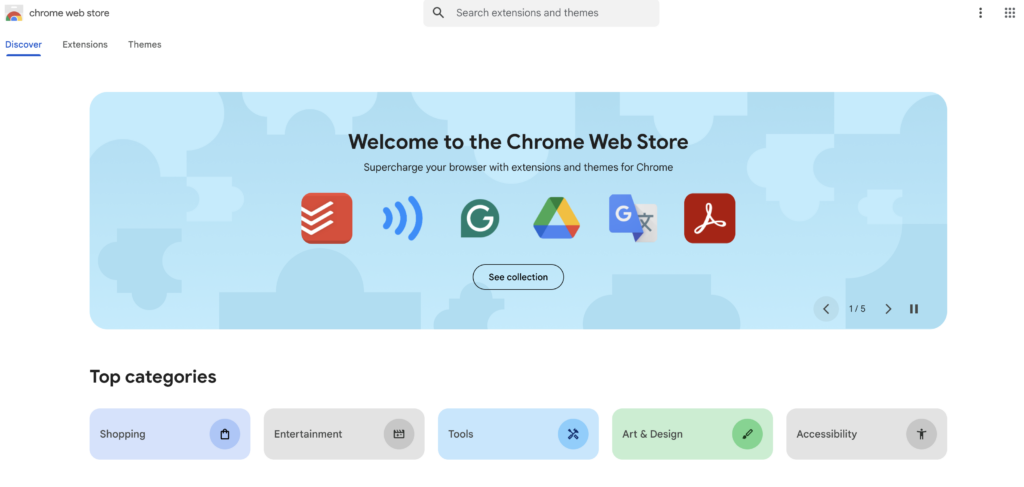Web browser extensions have become essential tools in improving productivity, functionality, and user experience in the modern digital era. Nevertheless, their significance is accompanied by a growing number of security risks. The Google Chrome Web Store, a leading platform for these extensions, is continuously under review for its validation procedures. Enhancing this process is vital to guarantee a safe setting for both users and developers.
The Importance of Rigorous Vetting
Understanding the Risk Landscape
The Google Chrome Web Store hosts a plethora of extensions, offering users a range of functionalities from ad blockers to productivity tools. However, this variety also opens doors for malicious actors. They often disguise malware within seemingly harmless extensions, posing an immediate risk to users who unwittingly download them. According to cybersecurity experts, a robust vetting process is essential in mitigating these threats.
Current Challenges:
- Developers with ill intent can hide malware within code that appears legitimate.
- The ever-growing number of extensions makes thorough manual review challenging.
- Users often lack awareness, relying solely on store ratings and reviews for security cues.
Balancing Usability and Security
While a thorough vetting process is key to safeguarding users, Google also faces the challenge of maintaining a user-friendly platform. An overly stringent process could stifle innovation and deter legitimate developers.
Balancing Act:
- A slow or cumbersome review process could delay updates and improvements to genuine extensions.
- Stringent rules might push developers to publish extensions on less secure platforms, inadvertently creating new security risks.
- Maintaining user trust by ensuring the store remains a go-to, secure source without unnecessarily complicating the user or developer experience.

Leveraging Technology for Enhanced Security
Google continues to innovate, using advanced technologies like machine learning (ML) and artificial intelligence (AI) to streamline and strengthen the vetting process. These technologies can help in identifying and flagging suspicious patterns in code and behavior more efficiently than manual reviews alone.
Technological Solutions:
- AI-driven systems can automate initial screenings, quickly identifying potentially harmful extensions.
- Machine learning models can learn and adapt to new threats, constantly updating to counteract emerging malicious practices.
- By integrating technology with human review, Google can create a comprehensive multi-layered vetting process, ensuring both efficiency and accuracy.
Collaborative Efforts for Security
Community Reporting and Feedback
A key component of the vetting process is input from the community. Users and developers often have firsthand experience with extensions, making their feedback invaluable.
Harnessing Community Input:
- Incentivizing users to report suspicious behavior can alert Google to potential threats faster.
- Feedback mechanisms help developers improve their extensions by directly addressing user concerns.
- By promoting a strong feedback culture, Google can foster an engaged community that actively contributes to the platform’s security.
Educating Users and Developers
Educating both users and developers about security best practices is another vital aspect of improving the vetting process. Many security breaches occur due to a lack of knowledge or awareness.
Educational Efforts:
- Providing clear guidelines and resources for developers on secure coding practices.
- Offering users information on identifying and avoiding dubious extensions.
- Ensuring comprehensive educational materials are easily accessible and regularly updated, adapting to new threats and technologies.
Industry Collaboration
Improving security on the Chrome Web Store isn’t a challenge Google can tackle alone; it requires cooperation across the tech industry.
Collaborative Approaches:
- Partnerships with cybersecurity firms can provide additional insights and tools for threat detection and prevention.
- Engaging with other tech giants to share best practices and develop industry-wide standards.
- Collaborative research initiatives to anticipate future threats and create preemptive strategies.
A Path Forward for Better Security
As cyber threats evolve, the importance of a robust vetting process for platforms like the Google Chrome Web Store cannot be overstated. While challenges remain, through collaboration, technology, and education, Google has the opportunity to fortify its processes, ultimately enhancing user trust and safety.
As users, we can contribute by staying informed and vigilant, reporting suspicious extensions, and sharing our findings with the broader community. If you find this article helpful, consider sharing it with others or leaving a comment with your thoughts. Together, we can foster a safer digital ecosystem for everyone.
By prioritizing security without compromising innovation, Google can ensure the Chrome Web Store remains a trusted platform for both users and developers, paving the way for a safer and more interconnected online world.





